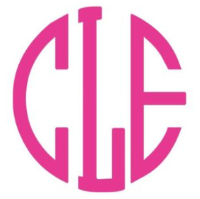Cost per Wear: An Overview
Hello!
When thinking about what I am purchasing for my closet, I use something called Cost Per Wear (CPW) to guide me towards smarter choices when it comes to building my wardrobe. 👗It’s a simple concept that helps me to “c” the engineering mindset and apply it to everyday life.
CPW is all about maximizing the value of each piece of clothing we purchase. Let’s break it down: Imagine you splurge $100 on a stunning orange 🍊dress for a brunch outing, wearing it just once. That means the dress costs you $100 per wear. Now, contrast that with a different scenario: You snag a stylish blue dress and wear it religiously throughout the warmer months, say 26 times. The CPW for this blue dress 💙? A mere $3.85 per wear. Quite the difference, right?
But CPW isn’t just about number crunching, it’s about using that data point to inform our future wardrobe decisions. Think about why that blue dress offered more value. Is it because you have more accessories that pair with blue, or maybe you simply feel your best in cool tones. These qualitative insights complement the quantitative CPW analysis, giving us a complete understanding of what truly adds value to our closet. 💰💲👚🧢
So, grab your calculator and join me in my CPW journey. I have more in store for this topic, so I hope you hang on with me and continue to learn about how to “c” life engineered. 🧮
-C
